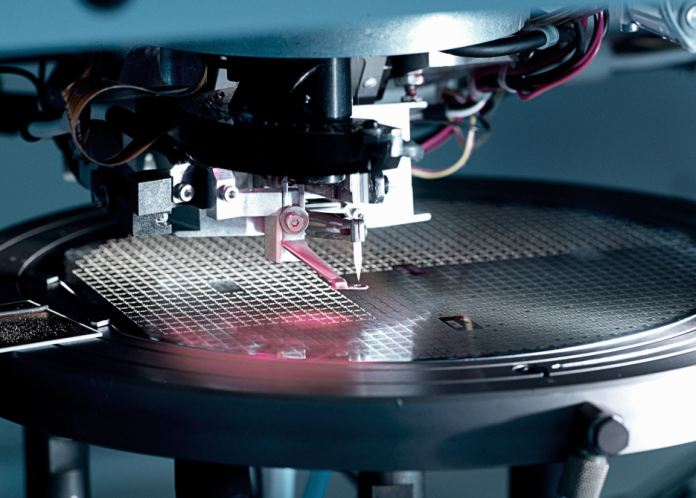Tackling the ability to diagnose a variety of neurogenerative disorders, Presto Engineering, with expertise in ASIC design and semiconductor engineering, is partnering with T&W Engineering, a developer and provider of in-ear electroencephalogram (EEG) wearable devices and AI-driven EEG reading services, to develop a custom ASIC for wearable brain sensing.
The goal of the collaborative effort is to develop an ASIC for a patient-centric in-ear device that can measure digital biomarkers for neurological disorders and brain health. The resulting next-generation ear device will assess sleep, epilepsy and neurogenerative disorders including Alzheimer’s and Parkinson’s diseases.
“Our collaboration with T&W Engineering is the perfect synergy of our respective strengths,” said Cedric Mayor, CEO of Presto Engineering. “Without leveraging T&W Engineering’s expertise in wall-to-wall design of medical products, combined with Presto’s capabilities in semiconductor design, industrialization, production test and supply chain management, such breakthrough innovation will be difficult to hit the market first time right.”
According to the Parkinson’s Foundation, nearly 1 million people in the U.S. are living with Parkinson’s disease. This number is expected to rise to 1.2 million by 2030. Parkinson’s is the second-most common neurodegenerative disease after Alzheimer’s. The Alzheimer’s Association estimates that more than 6 million Americans are living with Alzheimer’s, and by 2050, the number is projected to rise to nearly 13 million. Early diagnosis of both diseases as well as other neurological disorders is critical for optimal patient care.

In-ear EEG capabilities deliver a user-friendly, scalable and long-term sensing solution. The ASIC with advanced features and capabilities specific to brain sensing gives healthcare providers greater insight in the assessment of brain health. (Source: T&W Engineering)
The custom ASIC
The collaboration centers around the development of an advanced custom ASIC that will measure multi-channel dry-electrode EEG for next-generation wearable brain sensing. The goal is to advance patient-centric brain sensing by integrating dry electrodes and advanced miniaturized electronics into in-ear headphones.
The specific benefits of the new ASIC for the in-ear device include low power consumption that allows wearables to operate for extended periods without frequent recharging.
“Our wearable brain sensing headset utilizes dry electrodes, which offers several advantages but also challenges,” said Martin Hemmsen, director of commercial and product management at T&W Engineering. “By building a new ASIC, we are addressing these specific challenges, designing a chip optimized on several parameters.”
ASIC optimization delivers power efficiency, addressing the stringent power constraints of the small form factor and the need for long battery life. It also allows wearables to be compact and lightweight to provide user comfort and convenience.
“Our ASIC is optimized for our number of dry electrodes and derived channels and provides an opportunity to optimize key aspects, such as power consumption, signal processing, miniaturization and overall performance of our headset,” Hemmsen added. “Power consumption and signal quality are superior in our ASIC compared with off-the-shelf EEG amplifiers on the market today.”
Designers can integrate multiple functions into a single chip, reducing overall device size. The ASIC provides for the inclusion of advanced features and capabilities specific to brain sensing, including impedance measurements, reconfiguration of channels and sub-sample trigger alignment.
There is a wide range of potential applications. The immediate focus is on digital biomarkers for the assessment of sleep, epilepsy and neurogenerative disorders.
Initially, the in-ear headset is intended to acquire, store and transmit brain activity. The use of the headset is beneficial for unassisted high-frequency and long-term data acquisition at home. For example, any compatible Bluetooth Low Energy device can be programmed to receive the data, enabling applications to be built on top of the data.
The headset can be considered a brain-computer interface that will bring increasingly powerful applications to market with a variety of partners.
Advertisement





